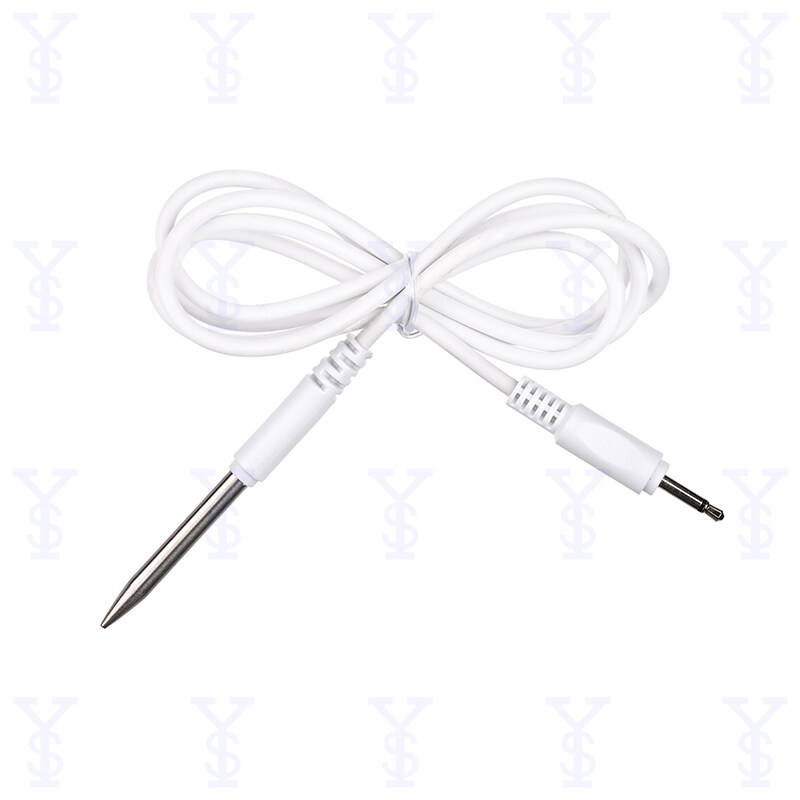Памылка фармату электроннай пошты
emailCannotEmpty
emailDoesExist
pwdLetterLimtTip
inconsistentPwd
pwdLetterLimtTip
inconsistentPwd


The Ultimate Guide to Water Heater Temp Sensors: Ensuring Safety and Efficiency
Water heaters are essential appliances in most households, providing hot water for showers, cleaning, and other daily tasks. At the heart of these systems lies the water heater temp sensor, a crucial component responsible for maintaining safe and efficient water temperatures. Understanding how these sensors work, their importance, and how to choose the right one can save you money, energy, and potential hazards.
What is a Water Heater Temp Sensor?
The temp sensor is a device that monitors the temperature of the water inside your water heater. It ensures that the water stays within a safe range, preventing it from becoming too hot or too cold. These sensors are typically integrated into the water heater's control system, sending real-time data to adjust the heating elements accordingly.
The temp sensor works by detecting temperature changes in the water and sending signals to the thermostat. If the water gets too hot, the sensor will trigger the system to stop heating, and if it’s too cold, it will signal the need to increase the temperature. This automatic adjustment is key to energy efficiency and safety in your home.
Types of Water Heater Temp Sensors
There are various types, each designed for specific applications and heater models. Understanding the differences can help you choose the right one for your system.
a. Thermocouple Sensors
Thermocouples are one of the most common types of temperature sensors used in water heaters. They work by measuring the temperature difference between two different metals. As the water temperature changes, the voltage generated by the thermocouple changes, allowing the system to adjust the heating elements accordingly.
b. Thermistor Sensors
Thermistors are temperature-sensitive resistors that change their resistance with temperature changes. They are widely used in modern water heaters due to their accuracy and reliability. The temp sensor in a thermistor setup provides precise readings, ensuring that the water temperature is kept within the desired range.
c. RTD Sensors (Resistance Temperature Detectors)
RTD sensors use the principle that the resistance of a metal changes with temperature. These sensors are highly accurate and are often found in high-end water heaters. The temp sensor in an RTD setup is known for its long-term stability and precision.
d. OEM LPTC Temperature Sensors
OEM (Original Equipment Manufacturer) LPTC (Low Profile Temperature Control) sensors are specialized temp sensors designed for specific water heater models. They offer customized solutions and are often used in commercial water heaters. Their design allows for easy integration and precise temperature control, making them a reliable choice for specific applications.
Importance of a Water Heater Temp Sensor
The temp sensor plays a vital role in the safety and efficiency of your water heater. Here’s why it’s important:
a. Prevents Overheating
Overheating can cause significant damage to your water heater and create a safety hazard. The temp sensor prevents this by monitoring the water temperature and ensuring it stays within a safe range.
b. Enhances Energy Efficiency
By keeping the water at the desired temperature, the temp sensor helps reduce energy consumption. It prevents the heating elements from running unnecessarily, leading to lower energy bills and a reduced carbon footprint.
c. Extends the Lifespan of the Water Heater
A well-functioning temp sensor ensures that the water heater operates within its designed parameters. This reduces wear and tear on the system, extending its lifespan and reducing the need for costly repairs or replacements.
d. Ensures User Safety
Hot water scalds can be a serious risk, especially in households with children or elderly individuals. The temp sensor helps prevent these accidents by ensuring the water does not exceed a safe temperature.
Choosing the Right Water Heater Temp Sensor
Selecting the right temp sensor for your system is crucial for optimal performance. Here are some factors to consider:
a. Compatibility
Ensure that the temp sensor is compatible with your specific water heater model. OEM sensors are often the best choice for a perfect fit.
b. Accuracy
The accuracy of the temp sensor is critical for maintaining the desired water temperature. Look for sensors with a high level of precision to ensure consistent performance.
c. Durability
Water heaters operate in harsh environments, so the temp sensor must be durable and resistant to corrosion and wear. High-quality materials and robust construction are key indicators of a reliable sensor.
d. Ease of Installation
Some temp sensors are easier to install than others. Consider the installation process, especially if you plan to replace the sensor yourself. OEM sensors are often designed for easy integration with specific models.
e. Cost
While cost should not be the only factor, it’s important to find a temp sensor that offers good value for money. Balancing cost with features and reliability will help you make the best choice.
Common Issues with Water Heater Temp Sensors and How to Fix Them
Even the best temp sensor can encounter issues over time. Here are some common problems and how to address them:
a. Sensor Failure
A sensor failure can cause the water heater to stop working correctly. This might result in water that’s too hot or too cold. If you notice inconsistent water temperatures, the temp sensor might need to be replaced.
b. Wiring Issues
Faulty wiring can prevent the temp sensor from communicating with the thermostat. Inspect the wiring for any signs of damage and replace it if necessary.
c. Calibration Problems
Over time, the temp sensor may lose its calibration, leading to inaccurate readings. Recalibrating the sensor or replacing it can restore proper function.
d. Corrosion
Corrosion is a common issue in water heaters, especially in areas with hard water. The temp sensor can become corroded, leading to malfunction. Regular maintenance and using a water softener can help prevent this problem.
How to Replace a Water Heater Temp Sensor
Replacing a water heater temp sensor is a straightforward process, but it requires careful attention to detail. Here’s a step-by-step guide:
a. Turn Off the Power
Before starting, ensure that the power to the water heater is turned off to avoid any electrical hazards.
b. Drain the Water Heater
Drain the water heater to prevent any spills during the replacement process.
c. Remove the Old Sensor
Locate the temp sensor and carefully remove it from the system. Be sure to disconnect any wiring gently.
d. Install the New Sensor
Insert the new temp sensor and secure it in place. Reconnect any wiring, ensuring it’s properly connected.
e. Refill and Test
Refill the water heater, turn the power back on, and test the new sensor to ensure it’s working correctly.
Conclusion
The water heater temp sensor is an essential component that ensures the safety, efficiency, and longevity of your water heater. Whether you’re dealing with a residential or commercial system, understanding the different types of sensors, their importance, and how to maintain them can save you from potential headaches down the line.
Investing in a high-quality water heater temp sensor and keeping it well-maintained will not only enhance your water heater’s performance but also contribute to a safer and more energy-efficient home. Whether you’re choosing an OEM LPTC temperature sensor for a specific application or replacing an existing sensor, taking the time to make an informed decision is well worth the effort.

